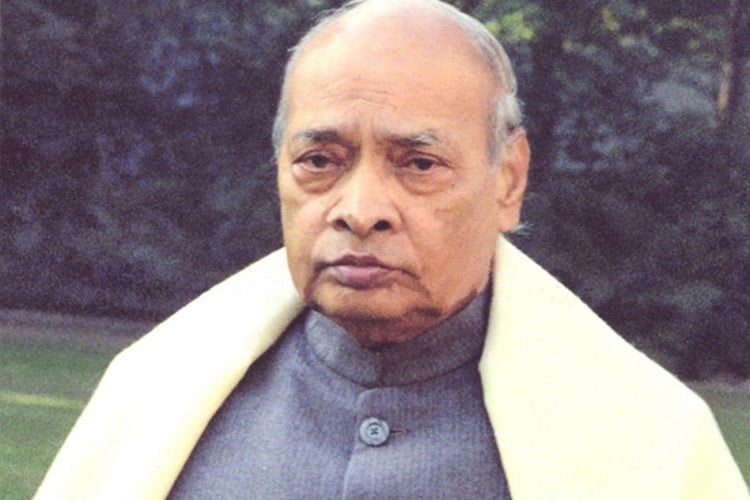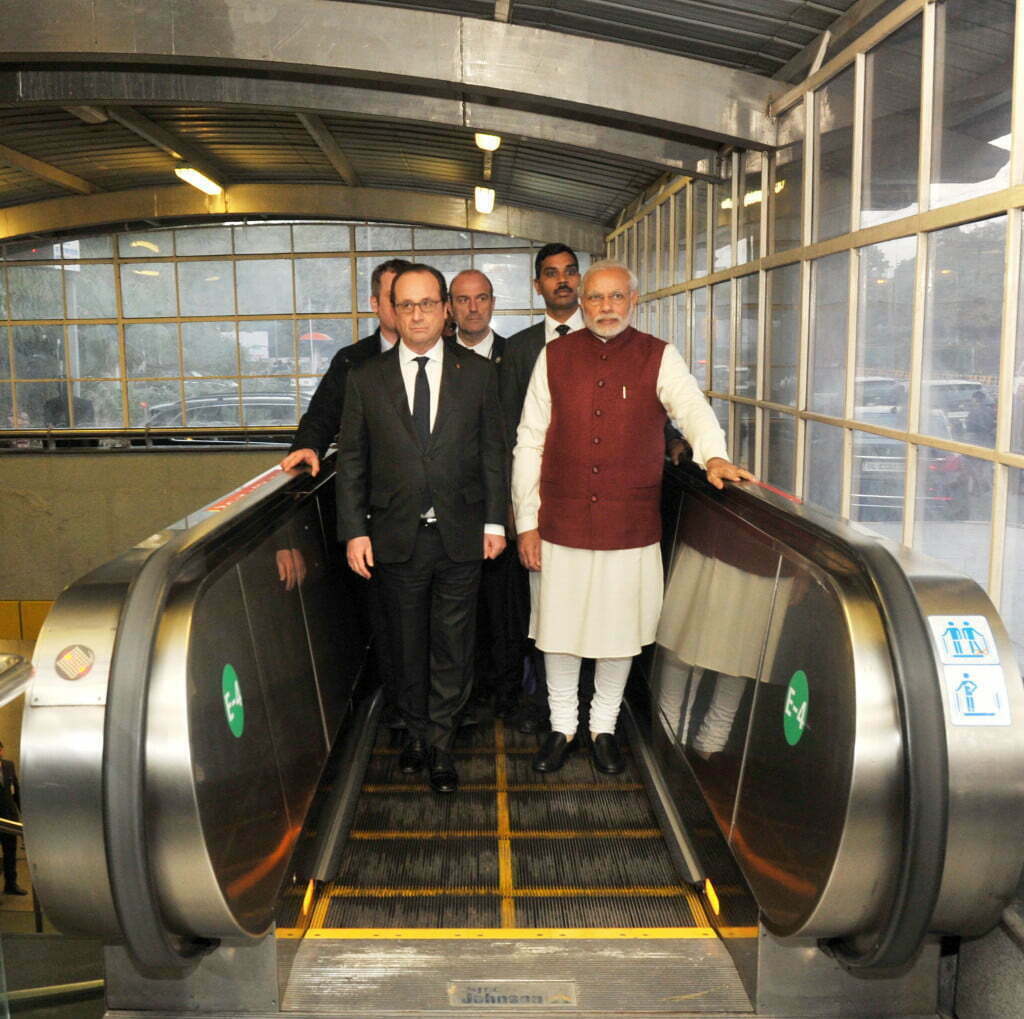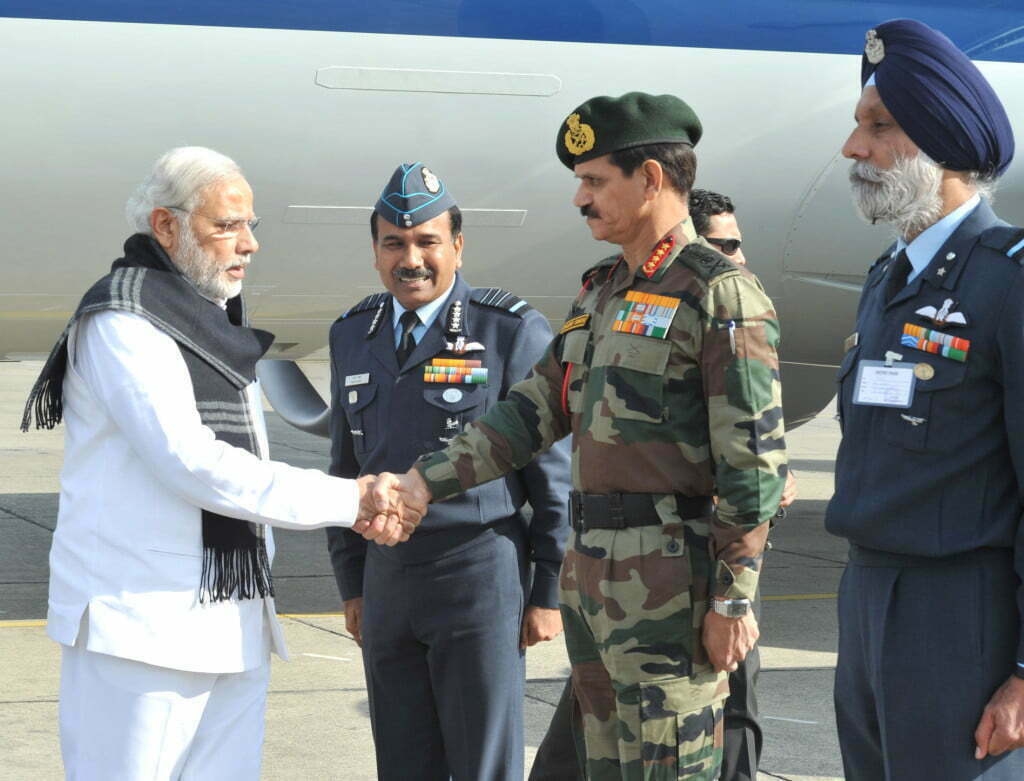By Neeraj Mahajan
An unconventional judge who wields the sword and is not afraid to speak his mind — this is the shortest description about Justice Thakur, the new Chief Justice of India.
Justice Thakur
Better known as the Supreme Court Judge, who heard the Sahara investors refund case against Subroto Roy in the apex court after Justice J.S. Khehar recused himself from the hearing, Justice Thakur is known to be a thinking judge who does not hesitate to call a spade a spade.
Born on 4th Jan 1952 and enrolled as an Advocate on 5th April 1974 Justices Tirath Singh Thakur started practice in the Jammu & Kashmir High Court before being appointed Additional Judge of the J&K High Court. He was soon transferred to Karnataka and Delhi High Courts before being appointed Chief Justice of Punjab and Haryana High Court. Justice Thakur was the senior most judge of Delhi High Court before he was named the chief justice of the Punjab and Haryana High Court on a vacancy created by the retirement of Justice Vijender Jain. It was from here that he moved to Supreme Court first as a judge and is now tipped to be the Chief Justice of India.
He is the son of the late DD Thakur, and the lawyer turned finance minister of Jammu and Kashmir, who defended Sheikh Abdullah when he was arrested for alleged anti-national activities during the Nehru era. His brother Justice Dhiraj Singh Thakur is a sitting judge in Jammu & Kashmir High Court.
On many occasions, Justice Tirath Singh Thakur has demonstrated a knack for upholding the right cause both as a Supreme Court and High Court judge even at the cost of ruffling a few feathers. Justice Thakur created a sensation when as a sitting Supreme Court judge and executive Chairman of the National Legal Services Authority (NALSA) he claimed that over 40 percent Indians were deprived of fundamental rights and opportunities.
“Over 40 percent of Indians are living below the poverty line. They also are surviving with the lack of literacy, lack of critical opportunities and scopes besides economic deficiencies.” Justice Thakur said while delivering a speech at a symposium.
“Our target must be to support neglected people of our society. Injustice cannot be tolerated in our system,” Justice Thakur said. “There is a commitment to ensure that poor peoples have equal access to justice. We have been devising our ways to reach out to them”, he added.
Delivering another bold judgment an apex court bench of Justice TS Thakur and Justice Kurian Joseph called for greater transparency and “objectivity” in the selection of law officers. “Normally people picked (as law officers) are known” and there are instances when people engaged in other vocations, including politics, are appointed government counsel.
Taking exception to such appointments made by state governments, Justice Thakur said: “Some people grace the office (they come to occupy) and (in other cases) office graces the person.”
Going a step further, the Court observed that from the kind of appointment and the remuneration paid appeared as if it is, “some pension. Lakhs of rupees are going down the drain just for doing nothing.”
The Apex court bench also took the Punjab government to task for appointing 74 Additional Advocate General, five Senior Deputy Advocate General, 40 Deputy Advocate General, 55 Assistant Advocate General and two Advocate on Record for 40 courts in Punjab. Even if there were one committed law officer for each court, that would have been sufficient, the court observed.
On yet another occasion Justice Thakur created a stir when as the Chief Justice of the Punjab and Haryana High Court he lambasted the Punjab government for failing to implement the Juvenile Justice Act.
Speaking at a seminar Justice Tirath Singh Thakur claimed that the Punjab government had not met several statutory requirements of the Act. “A constitutional body like the child welfare committee is missing from most districts, no inspection committee has been set up to monitor the working of children’s homes, and there is no shelter home in the state,” he said.
“The state had not bothered to set up a juvenile justice fund, and the state has no advisory board either for the implementation of the Act,” he added.
Pointing out the pendency of cases under the Juvenile Justice Act. “I have been told that 776 cases are pending in Punjab where the juveniles have been in an observation home for over two years. In Haryana there are 4,000 cases where the juveniles have been in observation homes for more than four months,” he said. Justice Thakur added that the state governments should be careful in choosing members for the juvenile justice boards.
Some of the other landmark judgments delivered by him include the one against suspended Board of Control for Cricket in India (BCCI) president Narayanswami Srinivasan and two IPL franchises Chennai Super Kings and Rajasthan Royals for their alleged involvement in the match-fixing and betting in IPL VI. Srinivasan was stopped from participating in BCCI affairs because of the conflict of interest as he was BCCI president as well as a stakeholder in Chennai Super Kings (CSK) at the same time.
He along with Justice Markandey Katju pronounced a path-breaking judgment on whether a lady can claim maintenance and other benefits if she was deserted by the man she was living with in a live-in-relationship.
The landmark ruling recognized the rights of a woman if the man and woman though not formally married were living as husband and wife. In other words, they are helping each other and are not living together merely for a sexual purpose.
Delivering judgment on a contempt petition against the government for not complying with its direction to implement OROP, as per 2008 judgment Justice Thakur reminded the government: “This was part of your manifesto for the Lok Sabha elections. You must keep your word.”

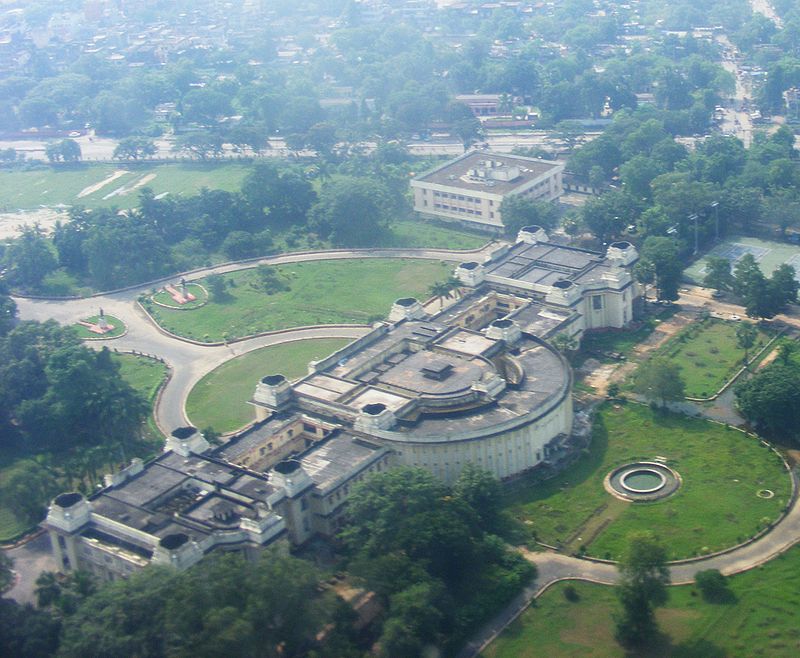
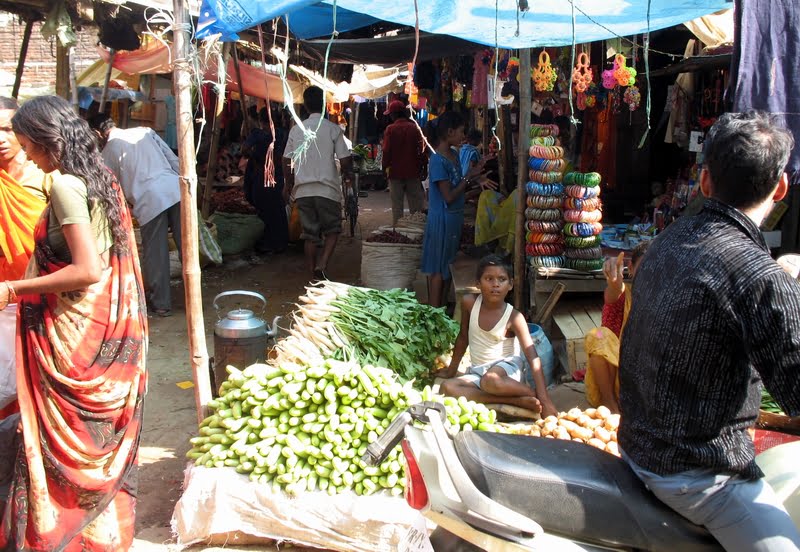

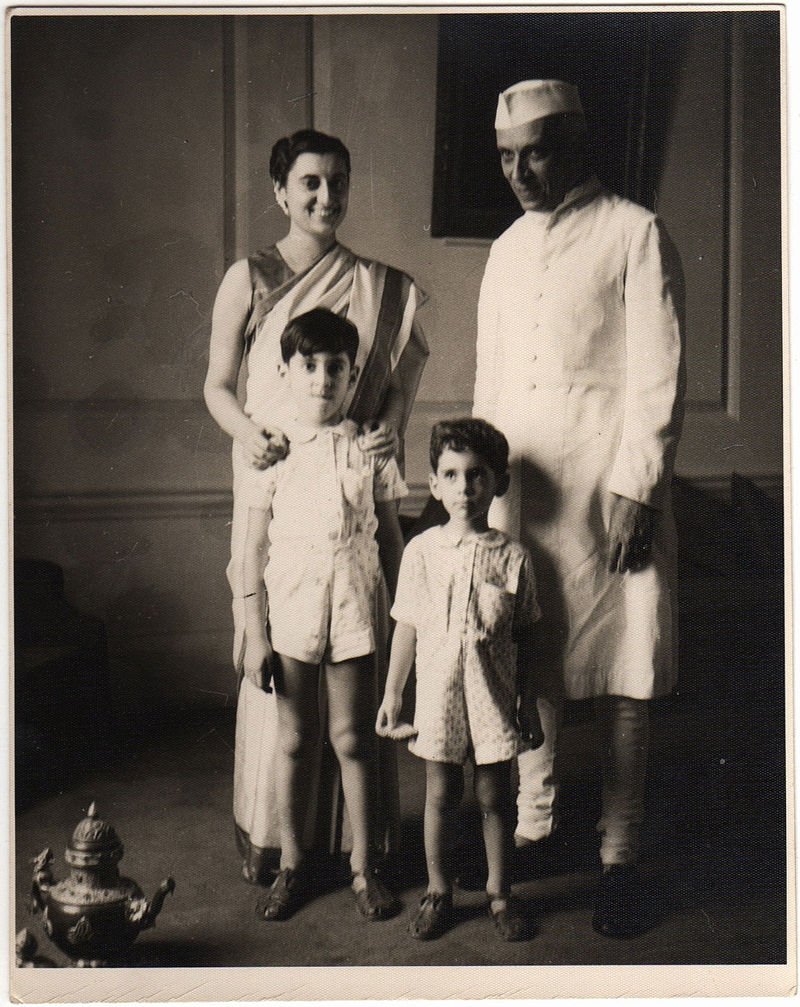 Nehru had no measure of the prevalence of poverty was proved in 1963, the Third Five Year Plan with the eruption of controversy in parliament that compelled the government to define the poverty line. But it did not change the direction of the economic development to make poor fight their circumstances. The successive regimes continued the same model of development, often using it to lure vote banks.
Nehru had no measure of the prevalence of poverty was proved in 1963, the Third Five Year Plan with the eruption of controversy in parliament that compelled the government to define the poverty line. But it did not change the direction of the economic development to make poor fight their circumstances. The successive regimes continued the same model of development, often using it to lure vote banks.